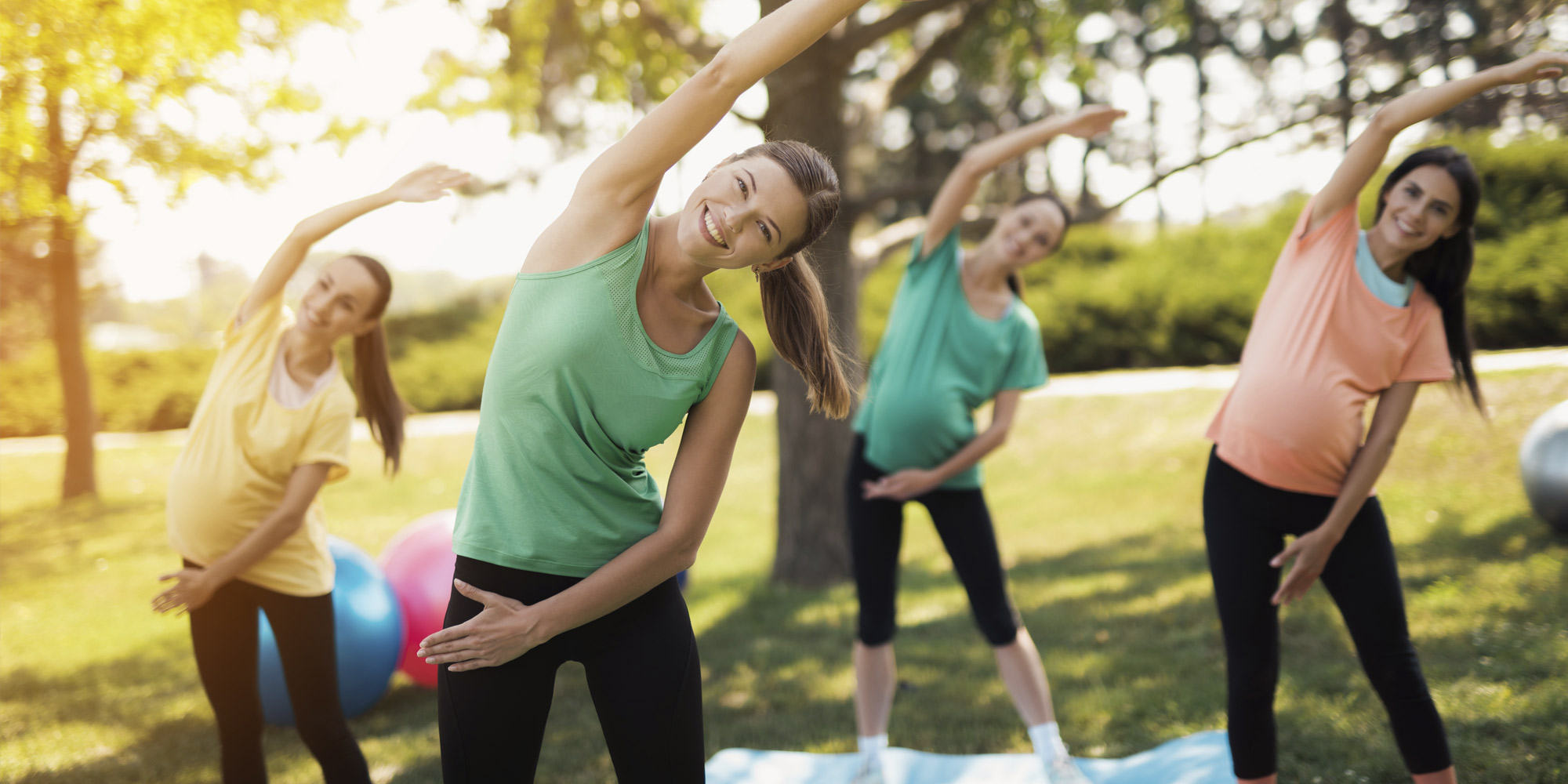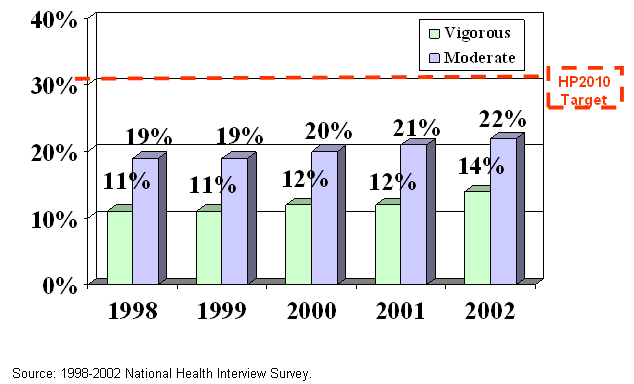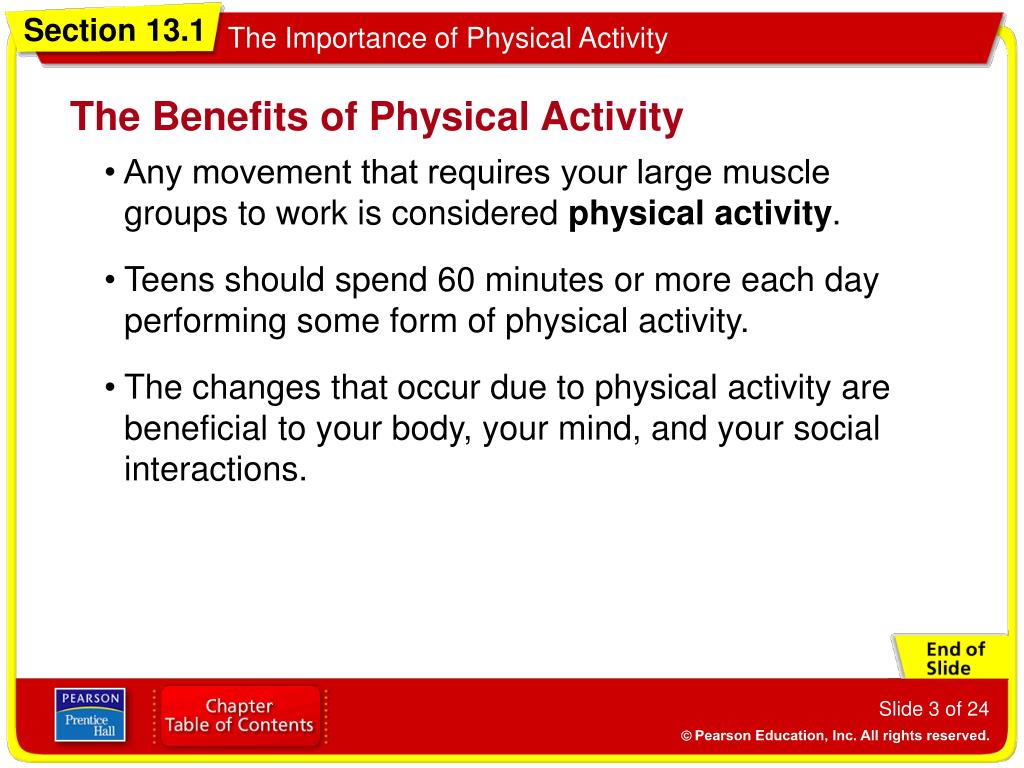

Thus, research, theory and practice relate to the needs and rights in inclusive as well as separate APA programs” (Sherrill & Hutzler, 2008).Īdaptation to physical activity opportunities is most often provided in form of appropriately designed and modified equipment (prosthesis, wheelchairs, mono-ski, ball size etc.), task criteria (e.g., modifying skill quality criteria or using a different skill), instructions (e.g., using personal supports, peer tutors, non-verbal instructions, motivational strategies), physical and social environments (e.g., increasing or decreasing court dimensions segregated vs. APA services and supports are provided in all kinds of settings.
#Physical activity definition professional#
The purpose of the following temporary draft definition is to simplify the view of APA and provide clear perspectives to both practitioners and potential service recipientsĪdapted physical activity (APA) is a professional branch of kinesiology / physical education / sport & human movement sciences, which is directed toward persons who require adaptation for participation in the context of physical activity.įrom a sport science perspective, “Adapted physical activity science is research, theory and practice directed toward persons of all ages underserved by the general sport sciences, disadvantaged in resources, or lacking power to access equal physical activity opportunities and rights. Most of these definitions are very general in order to include as many cases, and situations as possible, thus reducing tangibility of the term. Go to Guidelines on Physical Activity for Older People (aged 65 years and over) for more information.There are many APA definitions in the literature of APA that can be retrieved from APA Textbooks and journal articles in APAQ and other sources.


start off slowly and build up to the recommended daily physical activity levels.consult an appropriate health practitioner before starting or increasing physical activity.be as physically active as possible and limit sedentary behaviour.The following recommendations apply to all older people in New Zealand, but should be adjusted for each older person according to their individual needs and abilities: These guidelines are adapted from the Canadian Society for Exercise Physiology’s 24-Hour Movement Guidelines for Children and Youth (aged 5–17 years), with permission. Physical Activity Guidelines for Children and Young People (Word, 157 KB).Physical Activity Guidelines for Children and Young People (PDF, 164 KB).Preserving sleep, trading indoor time for outdoor time, and replacing sedentary behaviours and light physical activity with additional moderate to vigorous physical activity can provide greater health benefits.įor more information on these recommendations, download: participating in structured and unstructured light physical activities.sitting less and moving more – break up sitting time.

no more than 2 hours per day of recreational screen time.an accumulation of at least 1 hour a day of moderate to vigorous physical activity (incorporate vigorous physical activities and activities that strengthen muscles and bones, at least 3 days a week).quality uninterrupted sleep of 9 to 11 hours per night for those aged 5 to 13 years and 8 to 10 hours per night for those aged 14 to 17 years, with consistent bed and wake-up times.For school-aged children and young people (aged 5 to 17 years) high levels of physical activity, low levels of sedentary behaviour, and sufficient sleep each day achieves greater health benefits.


 0 kommentar(er)
0 kommentar(er)
